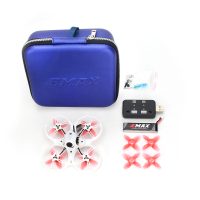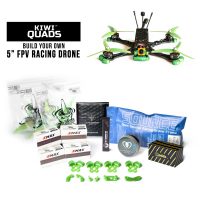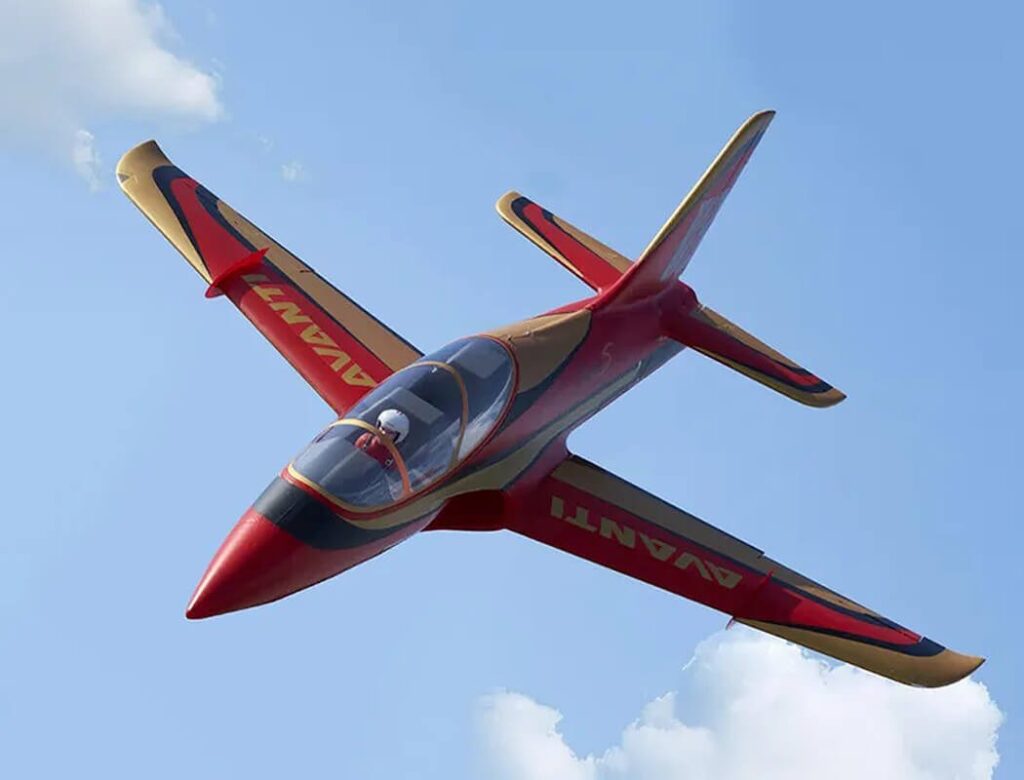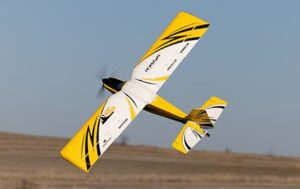Caring for LiPo and LiHV Batteries
LiPo vs LiHV - What's the difference?
Lithium batteries used to power drones have two common variations: Lithium polymer (LiPo) and Lithium polymer high voltage (LiHV). The primary difference between the two is that a LiPo cell has a fully charged voltage of 4.2V compared to a LiHV cell which has a voltage of 4.35V at full charge. A LiPo has a resting or nominal voltage of 3.7V versus a LiHV which has a storage voltage of 3.8V. In regards to the performance of the two packs, a LiHV battery will initially provide more power but abruptly drops in voltage when discharged whereas a LiPo has a more consistent discharge. LiPo packs are the most commonly used across all sizes of drones however LiHV packs are quite popular for use on micro drones because the extra voltage moderately improves the quadcopters performance.
Charging Lithium Batteries
When charging your lithium drone batteries, It’s important to consider several factors which can prolong the life of your batteries. Before charging a battery, you must consider the maximum voltage of the battery – typically 4.2V or 4.35V. An appropriate LiPo charger should be used to charge the internal cells to this voltage – and not any higher. This is partcularly important when charging standard LiPo 4.2V cells to ensure you do not overcharge them with a charger designed to be used with LiHV 4.35V cells.
Many battery chargers will give you the option to charge at your desired current rating. This is a useful feature if you want to carefully control the charging process. We recommend charging at a rate no more than 1C. A 1C rating can be calculated by taking the capacity in milli-Ampere hours (mAh) and dividing by 1000.
For example, a 500mAh battery should be charged at (500 / 1000) = 0.5A.
A 850mAh battery should be charged at (850 / 1000) = 0.85A.
Discharging Lithium Batteries
When quickly discharged in situations such as flying a drone, a LiPo battery will heat up. If excess current is drawn from the battery causing it to overheat, gasses will form inside the battery. Like over-charging, if enough gas forms and the LiPo bursts, it will commonly vent with smoke which could lead to fire. The image below shows a ‘puffed’ LiPo after it was over-discharged while flying.
It is important LiPo batteries that are ‘puffed’ should be safely discarded and not used further.
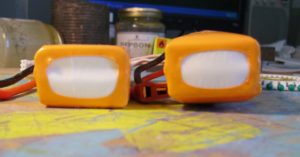
To prevent over-discharging your batteries and prolong the life of the internal cells, you should only discharge them up to 20% of the capacity. Discharging your batteries further than this will likely cause puffing in your cells which is not covered under warranty.
Unfortunately once the internal cells have been damaged by over-discharging, they cannot be repaired as the chemistry inside the LiPo cell has permanently changed.
Tips to prolong the life of your Drone Batteries
- Never over-charge your lithium batteries. Check the maximum voltage before charging.
- Keep batteries stored at their nominal voltage when not in use – typically 3.8V or 90% of the maximum voltage.
- Do not store batteries at discharged voltages below 3.5V.
- Only fly batteries down to a minimum of 20% capacity (usually at 3.7V left).

